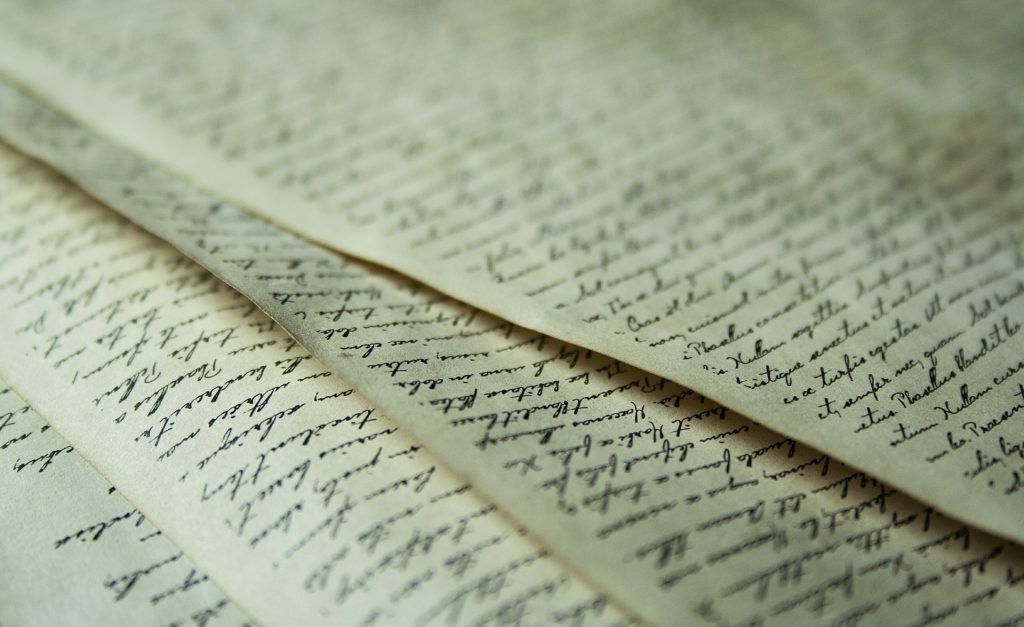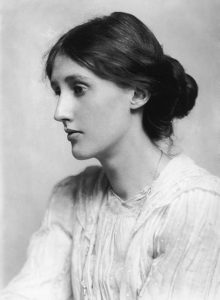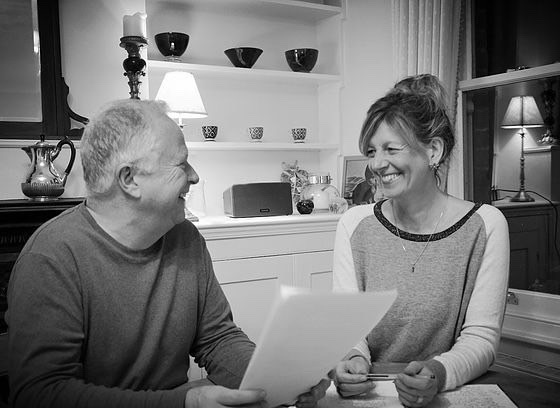Arts workers are among the worst hit by the COVID-19 employment crisis. Professor Almuth McDowall asks why the government is so reluctant to offer support.
As a former classically trained dancer, I have been deeply moved by the plight of my colleagues working in the performing arts across theatre, music and dance.
Our pioneering research with PiPA in 2018 highlighted that over 54% of people working in this sector are self-employed, almost four times as many as in the UK general population. One in three don’t have a steady contract. Unlike in any other industry, it is common and expected that people finance the work which they love through other income. Teaching, cleaning, waitressing – you name it, they’ve done it. Taken together, this has always made for a toxic cocktail of precarious work. But never more toxic than now, as theatres are closed, orchestras can practice socially distanced at best (witness the recent ‘come back’ streaming of the Royal Opera House), and dancers now rather famously, thanks to social media posts aplenty, train in kitchens, bedrooms, on balconies or in the park.
Yet, the notion remains that work in the arts is somehow not real work, but a privilege that only the few can indulge. Recent controversy about the ‘Cyber Add’ illustrates the point. BA Acting student Ruby Hoggarth shares an alternative view about life in the arts during the pandemic:
“Graduating during a pandemic into an industry that is in complete crisis has been hard enough, but being nationally downgraded and humiliated by the very people who allegedly have our best interests at heart has been an embarrassment like no other. Not only has this media strategy grossly disregarded the importance of our industry, especially at a time of national crisis when people turn to the arts for healing, it has shown us that this government have little humanity and no ability to believe in the beauty of art.”
It’s a feeling BA Musical Theatre student Alex Conder can relate to:
“I chose to move away from home to study in the UK as a Musical Theatre student as I knew the spirit and quality of the art made in Great Britain is second to none. To then graduate and be told my career in the arts is viewed as a hobby or “not viable”—after the world has done nothing but devour art in the pandemic—is not only a slap in the face to our current artists, but also tarnishing an incredible historic legacy of fine art and creativity in this country.”
Along with hospitality, retail and manufacturing , the arts are the one of hardest hit sectors in the UK. Companies had to make judicious use of the furlough scheme which is now coming to an end. What next? Theatres will find it hard to put on productions at a profit with social distancing measures in place, as even the sell-out run of an adapted Jesus Christ Superstar in Regent’s Park Open Air Theatre demonstrated. We can’t very well take the roofs of all our theatres to aid ventilation, either!
So who’s responsibility is it? Chancellor Rishi Sunak has said that all workers need to adapt to the changing world of work and life in the wake of COVID-19. Well, those working in the performing arts have shown formidable resilience and adaption skills to date, our data shows that many juggled two if not three jobs to make ends meet and have a reasonable income. Tom Rogers, a soloist with Birmingham Royal Ballet has long branched out, initiating his own podcast series, Tom & Ty Talk, and as a guest editor for his company.
Tom says “For me it is vital that people working in the arts respond to the times we are in through creativity and self expression. Despite the political and social upheaval brought about by COVID-19 and our current government, the desire for art and culture remains. By continuing to be creative and bringing art to our communities, we will remind society and this naïve government of the true value arts and culture plays in all our lives.”
Chancellor Sunak seems to have forgotten that the arts and culture industry contributes £10.8 billion a year to the UK economy and gives jobs to 363,700 people.
The enjoyment and quality of life the arts bring to our lives is, however, much harder to measure. I know that I am privileged as I earn a reasonable income which I spend first and foremost on the arts. Life has lost its technicolour, since frequent carefree visits to the Royal Ballet, Sadlers Wells, Birmingham Royal Nutcracker seasons at the Royal Albert Hall, and London musicals are no more. I miss the bonding experience of going to see live music with my three teenage girls or treating my mum to a classical concert visit together.
These are small worries in comparison to existential crisis. The stress and worry caused by the uncertainty and lack of support is taking a toll on those working in the arts. Is Universal credit really an option? Of course it isn’t, as this quote from Geddy Stringer illustrates vividly:
“I timed my move to London terribly, having just finished a somewhat interrupted year on the MA in Musical Theatre at the Royal Academy of Music. There’s been no clear support from the government and no industry to work in. I’ve been trying desperately to get a part-time job elsewhere, but the job market is a minefield to say the least. My only option has been Universal Credit. I know that this can’t last forever, nor do I want to take it for much longer. But until the government sees the arts as a viable and lasting career option – instead of a hobby – and gives it the support it has long justified, then there isn’t really anywhere else to go.”
So what is the answer? A government funded rescue package doesn’t come soon enough. But a rescue package is exactly that – a sticking plaster. What we need is a long-term strategic solution, as COVID-19 is not going to go away in a hurry. More than ever, we need to continue to celebrate the past, present and future of the arts as part of our legacy and identity.
Further Information






